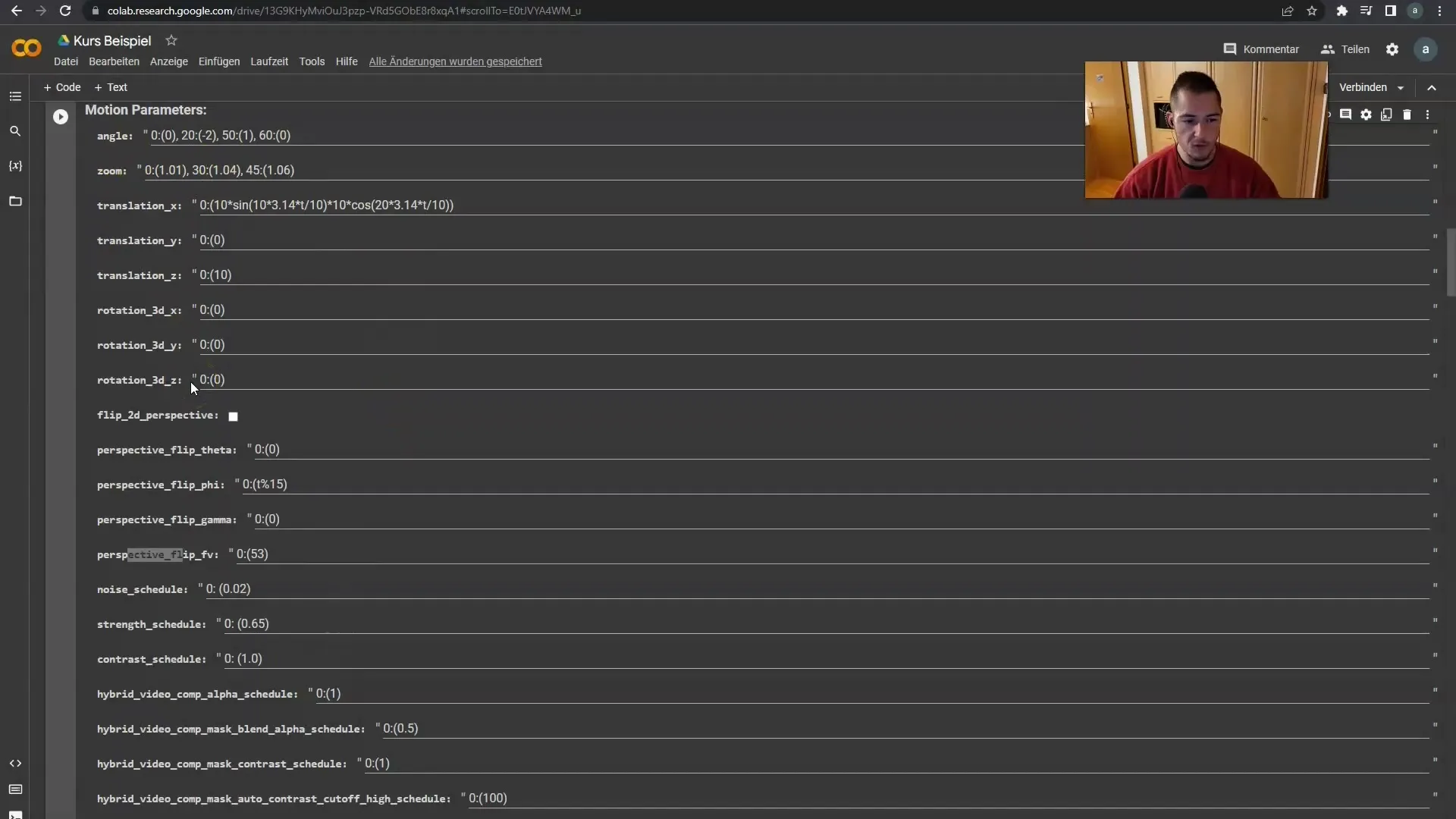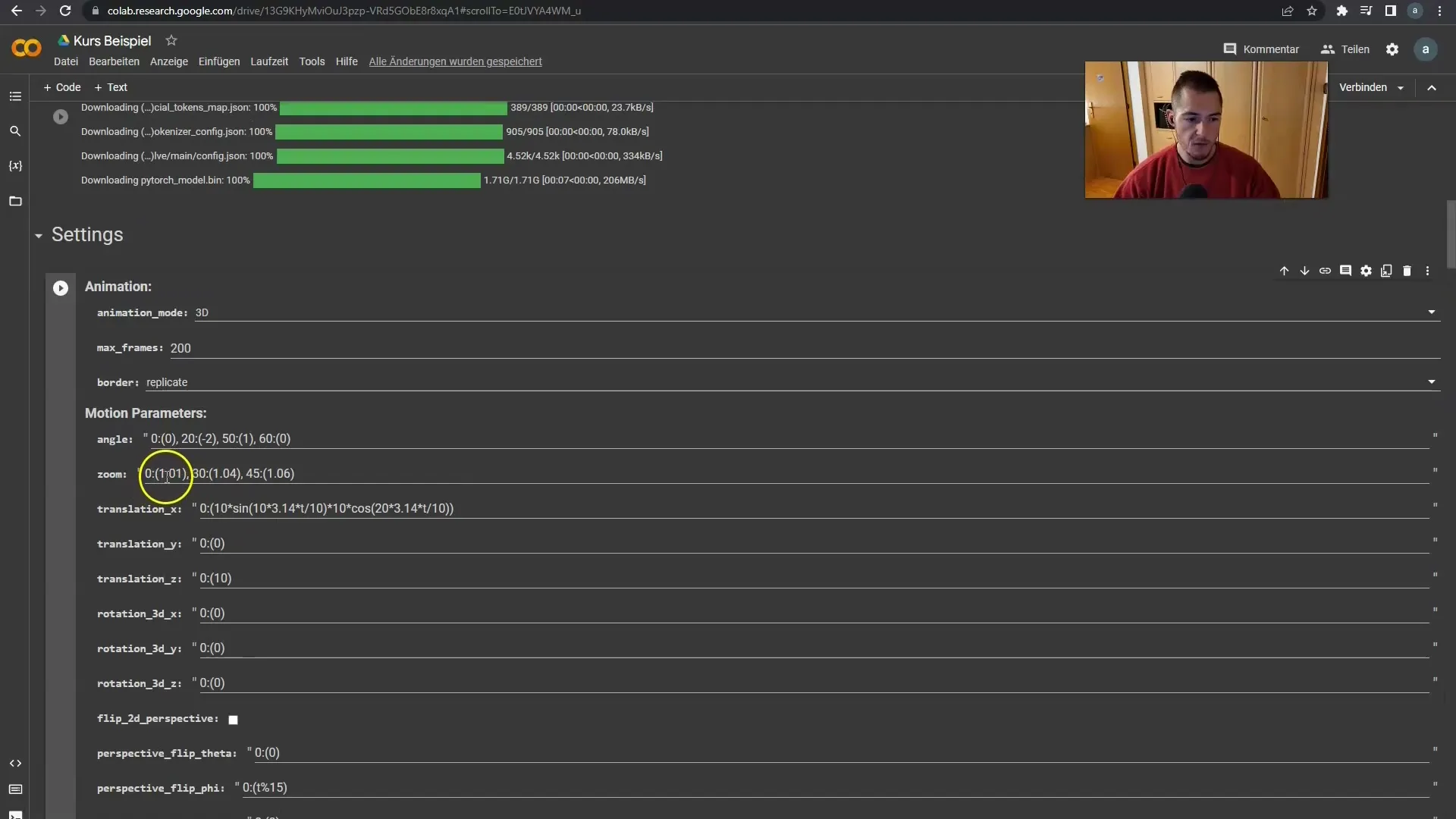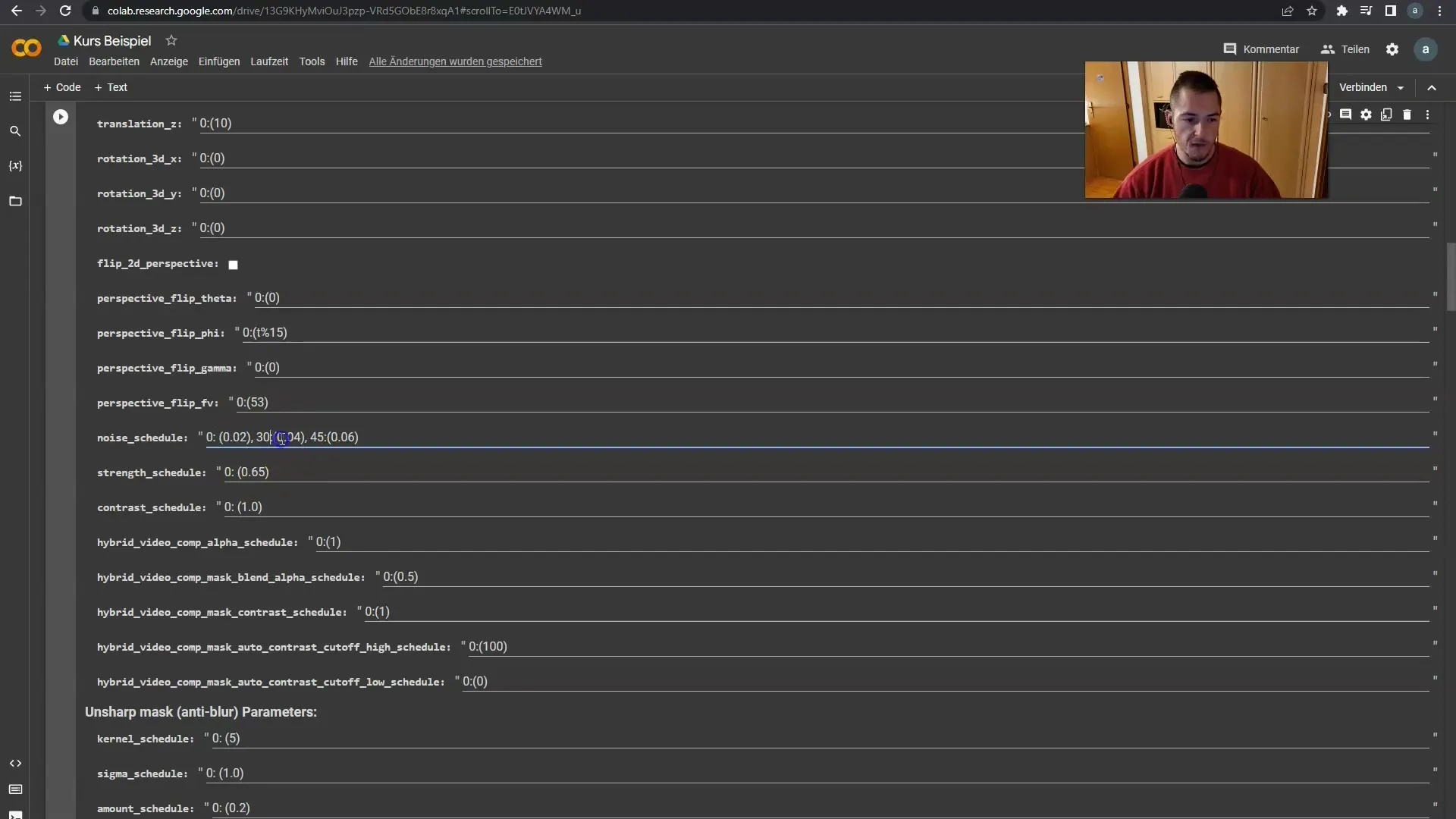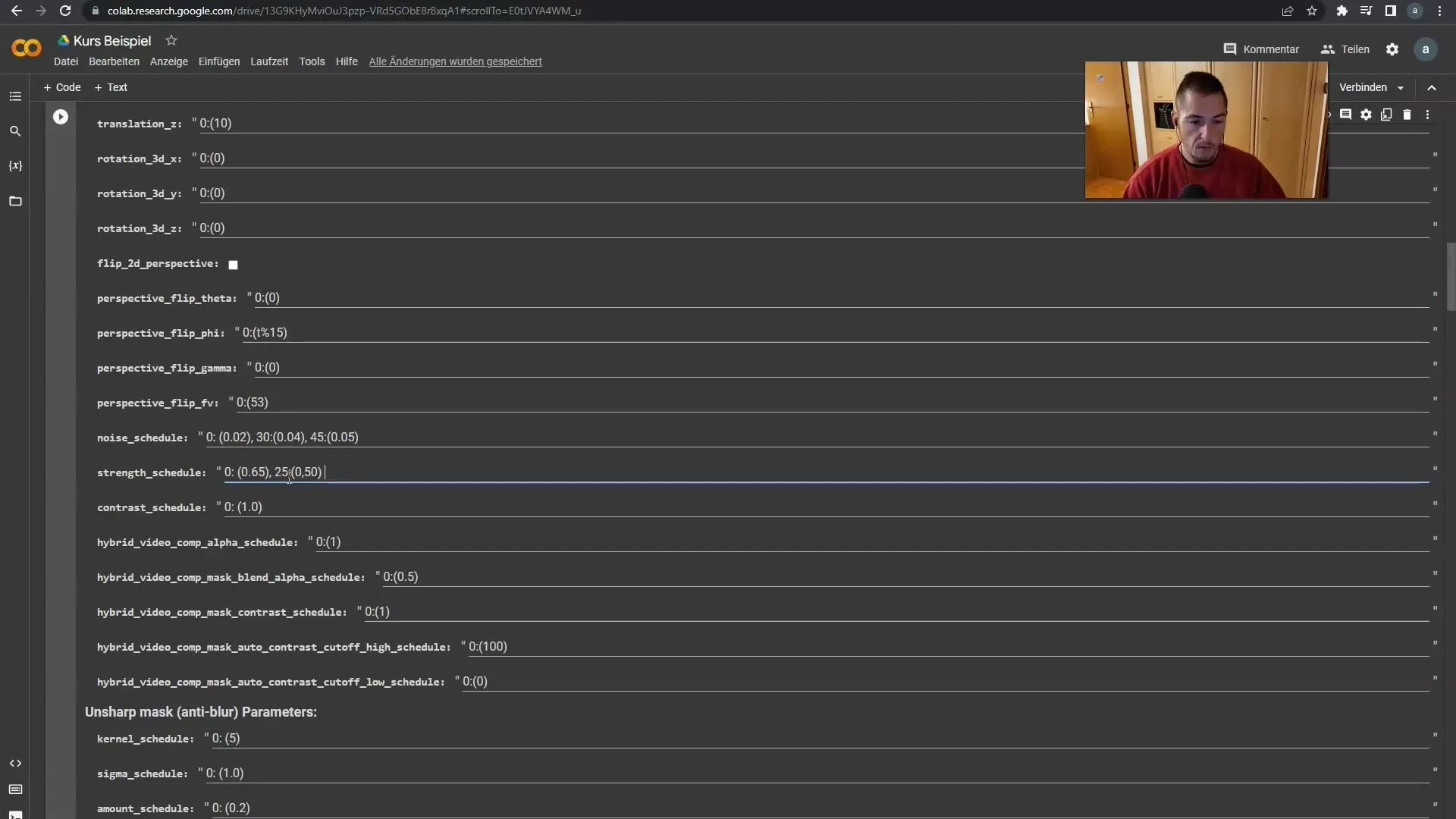In this tutorial, we will discuss the concepts of "Noise Schedule" and "Strength Schedule" in Deforum Stable Diffusion. These two parameters play a crucial role in generating image animations and influence how the noise image is interpreted and refined by the system. A detailed understanding of these elements will enable you to create impressive and complex animations in your projects.
The goal of this guide is to provide you with the information you need to create effective animations with Stable Diffusion. We will delve deeper into how these concepts work and provide you with step-by-step guidance on how to customize and optimize them to achieve your desired results.
Main Insights
- Noise and Strength are crucial for image generation in Stable Diffusion.
- The relationships between these two values determine the quality and clarity of the animation.
- Understanding "Noise Schedule" and "Strength Schedule" allows you to optimize the animation settings to achieve visually appealing results.
Step-by-Step Guide
1. Introduction to Noise and Strength
To understand the concept of Noise Schedule, you will see settings for angles and other parameters that are already known. The terms Noise and Strength will be significant in this context. A basic understanding of these terms is essential for effectively using Stable Diffusion.
2. The Role of Noise in Stable Diffusion
Noise, or fog, is crucial for image generation. The system uses fog to create images that emerge from this fog. The decision on how strong this fog should be significantly influences the generated images. For example, if you zoom in too quickly, issues may arise as the fog image cannot be clarified fast enough. The fog needs time to solidify and crystallize the obscure images.

3. Connections between Zoom and Noise
A slow zoom allows the system to use less fog. In strong contrast, a fast zoom requires you to use a lot of fog to ensure that the images are clear enough and can be visualized. This dynamic can be observed in the specific values of Noise and Zoom, with the relationship between these two values in mind.
4. Example Prepared in Advance
Let's now move on to the actual settings. We start with an example of a noise value of 0.02. You should increase the noise frequency to 0.04 and then to 0.06 to create the desired transition. The dynamics of the settings follow the pattern of the zoom settings, allowing you to copy and adjust them as needed.

5. Checking Adjustment Satisfaction
When creating the animation, always check the settings. Look at the noise value up to frame 30, then increase it to achieve more clarity between frames 30 and 45. From frame 45 onwards, you should use the maximum noise settings to ensure the final quality of the animation.

6. Function of Strength in the Animation
Strength is another important parameter that affects the similarity between frames. A strength of 0.65 means that the second frame is 65% similar to the previous frame. Here, you can use values between 0 and 1 to vary the styles of your animations. Lower values result in less strict confinement of the animation's character, while higher values imply more similarity.
7. Strengths and Weaknesses of the Settings
Note that you can also experiment with the values here. You could choose a transitional approach and gradually adjust the strength throughout the animation. For example, you could start with a strength of 0.50 and increase it to 0.80 from frame 40 onwards to show a different visual function.

8. Interplay between Noise and Strength
It is important to understand that Noise and Strength are directly related to each other. When you increase the Strength, you can simultaneously decrease the Noise value, and vice versa. For example, if you choose a Strength of 0.9, the Noise value might possibly decrease to 0, while with a Strength of 0.5, the Noise value should be increased to 0.04.
9. Final Tips and Suggestions
Use the suggestions in this tutorial as a guide. There are no strict rules; you should experiment with the values that appeal to you the most. The default values work well in many cases, but personal experimentation will help you develop and refine your unique visual styles.
Summary
In this guide, you have received a comprehensive overview of the concepts of Noise and Strength within the application of Deforum Stable Diffusion. Proper adjustment of these values allows you to create appealing and fascinating image animations by harmonizing them. Experiment with different settings to meet your creative needs.
Frequently Asked Questions
What is Noise in Stable Diffusion?Noise refers to the mist used for generating images.
How does Strength affect the animation?Strength influences the similarity between frames and thus the visual outcome.
Can I simply copy the values?Yes, you can copy values, but it is recommended to make adjustments to achieve the best result for your animation.
Do I need to experiment with Noise and Strength?Yes, personal experimentation is recommended to find your own style.
Which default settings are recommended?The default settings work well in many cases but are adjustable to suit your needs.


